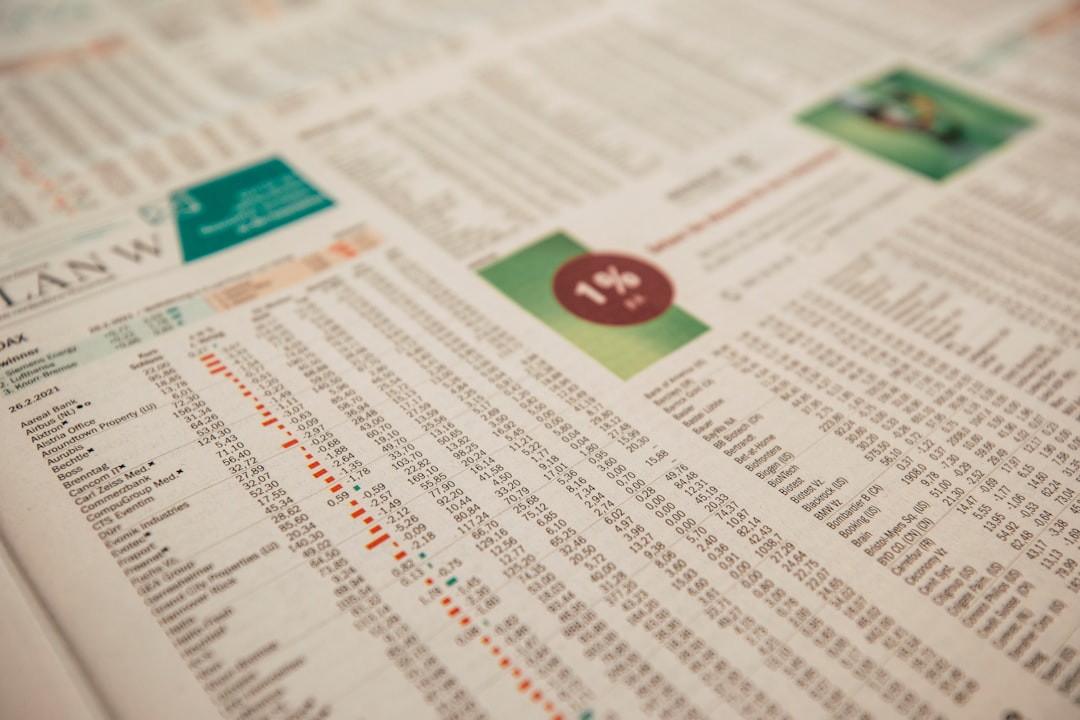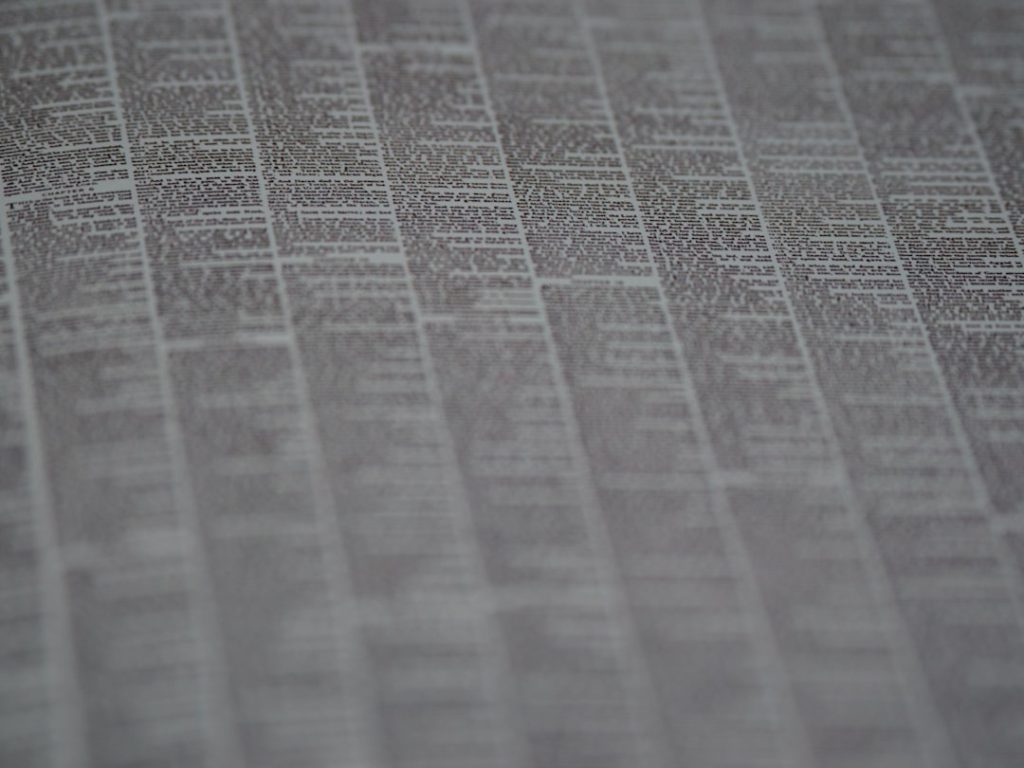In our digital age, information is more accessible than ever before. With a few clicks, we can uncover facts, figures, opinions, and news from across the globe. However, not all online content is accurate or trustworthy. That’s why honing the ability to fact-check has become an essential skill for anyone navigating the web.
This article explores the best practices for fact-checking online information so you can become a more discerning and responsible digital citizen.
1. Check the Source
Start by scrutinizing the origin of the information. Ask yourself:
- Is this a reputable website or organization?
- Do they have a history of publishing reliable content?
- Is there an identifiable author or creator with relevant credentials?
Established news organizations, scientific institutions, and government bodies are usually trustworthy. Be cautious with blogs, personal websites, or new platforms that lack a history of credibility.
2. Cross-Reference the Information
Don’t take isolated claims at face value. Instead, look for corroboration from multiple independent sources. Reliable facts are typically reported by several outlets.
For example, if you see a surprising statistic, try to verify it through official data repositories such as the World Health Organization (WHO), CDC, or UN databases.

3. Consider the Date
Online content doesn’t always come with a timestamp, but when it does, it’s crucial to check it. Outdated information may no longer be accurate, especially when dealing with rapidly changing topics like health, politics, or technology.
If you’re reading context-specific advice or news, confirm that the content is recent and still relevant.
4. Analyze the Language and Tone
Watch out for emotionally charged or sensationalist language. If an article uses words like “shocking,” “earth-shattering,” or “must read,” it may aim to provoke a reaction rather than convey facts.
Responsible reporting usually uses neutral, balanced language. Ask yourself:
- Is the tone objective or does it push an agenda?
- Does the piece appear biased or inflammatory?
Neutral language is a good indicator of trustworthy information.
5. Use Fact-Checking Websites
There are several dedicated platforms designed to verify popular claims and debunk misinformation. Some of the most reliable ones include:
- Snopes (snopes.com)
- PolitiFact (politifact.com)
- FactCheck.org (factcheck.org)
- AFP Fact Check (factcheck.afp.com)
These websites often provide detailed explanations and sources, making them excellent tools for your verification process.

6. Examine the Images
Images can be powerful, but they’re also easily manipulated. If a photo seems suspicious, use tools like Google Reverse Image Search or TinEye to trace its origin.
This can help you determine whether the image is authentic, altered, or taken out of context. Visual disinformation is a growing concern, particularly on social media platforms where viral images spread quickly.
7. Be Cautious with Social Media
Social media often prioritizes engagement over accuracy. Posts may go viral based on shocking content, not truth. Before sharing or acting on a post, take a moment to verify the information using the methods above.
Also, be aware of confirmation bias — the tendency to accept information that aligns with our beliefs while rejecting contradictory data. Fact-checking helps overcome this bias by focusing on evidence rather than emotion.
8. Look for Citations and References
Trustworthy content usually cites its sources. Whether it’s a news article or a blog post, check for:
- Links to studies, reports, or official documents
- Direct quotes from experts or authorities
- A bibliography or resource section at the end
You should be able to trace claims back to an original and reliable source.
Conclusion
Fact-checking online information is essential in an era where misinformation can spread quickly and cause real harm. By adopting these best practices — checking sources, cross-referencing claims, verifying dates, and using fact-checking tools — you can protect yourself and others from falsehoods.
Whether you’re a student, professional, or casual reader, empowering yourself with these tools helps create a more informed and responsible digital world.


